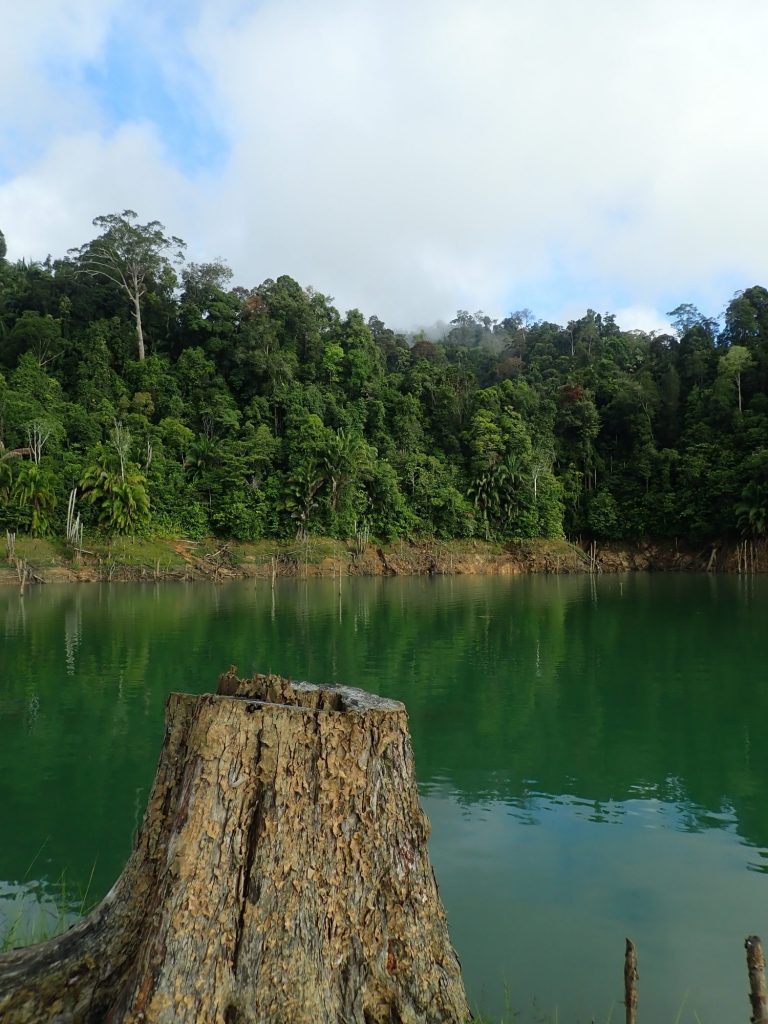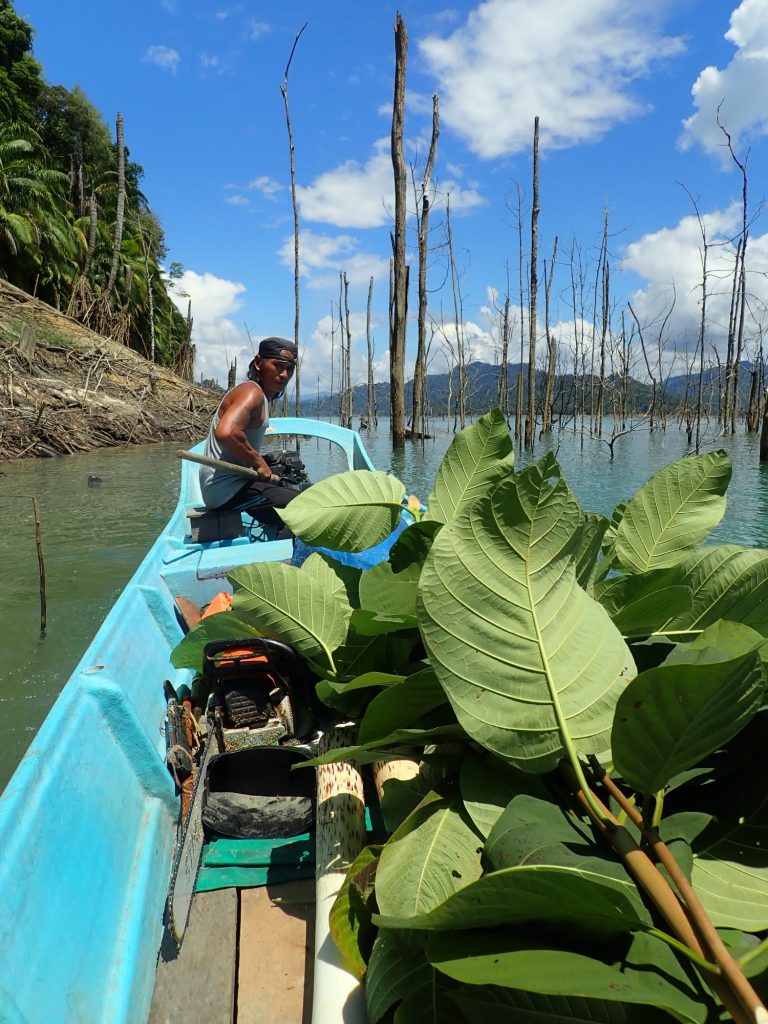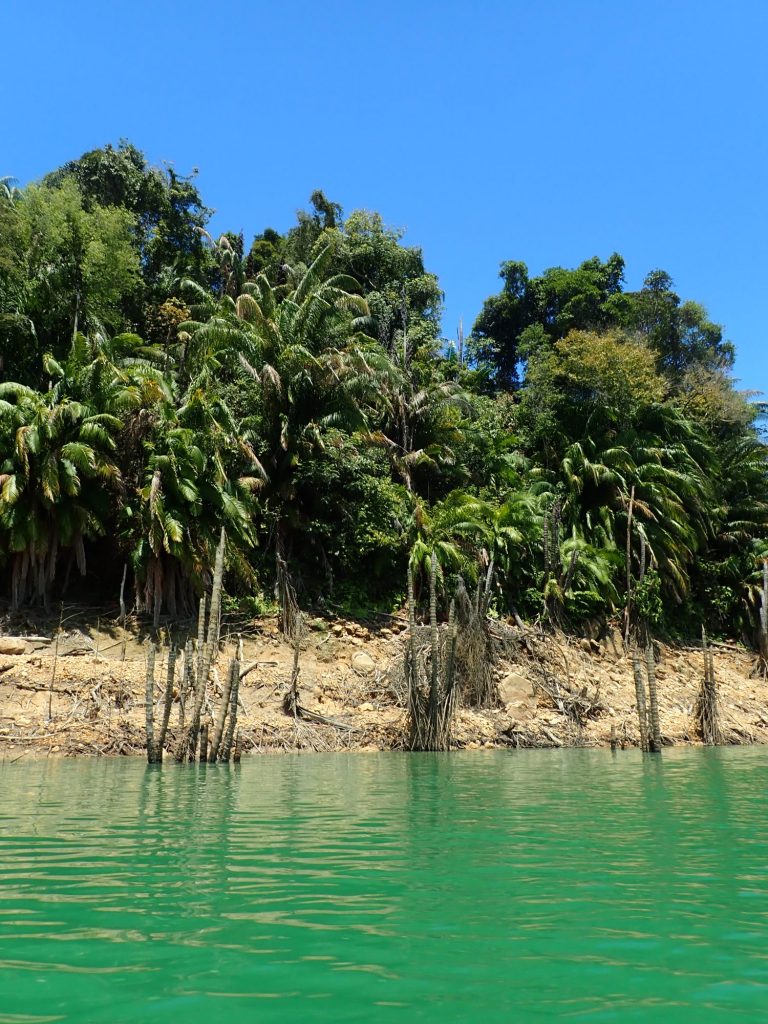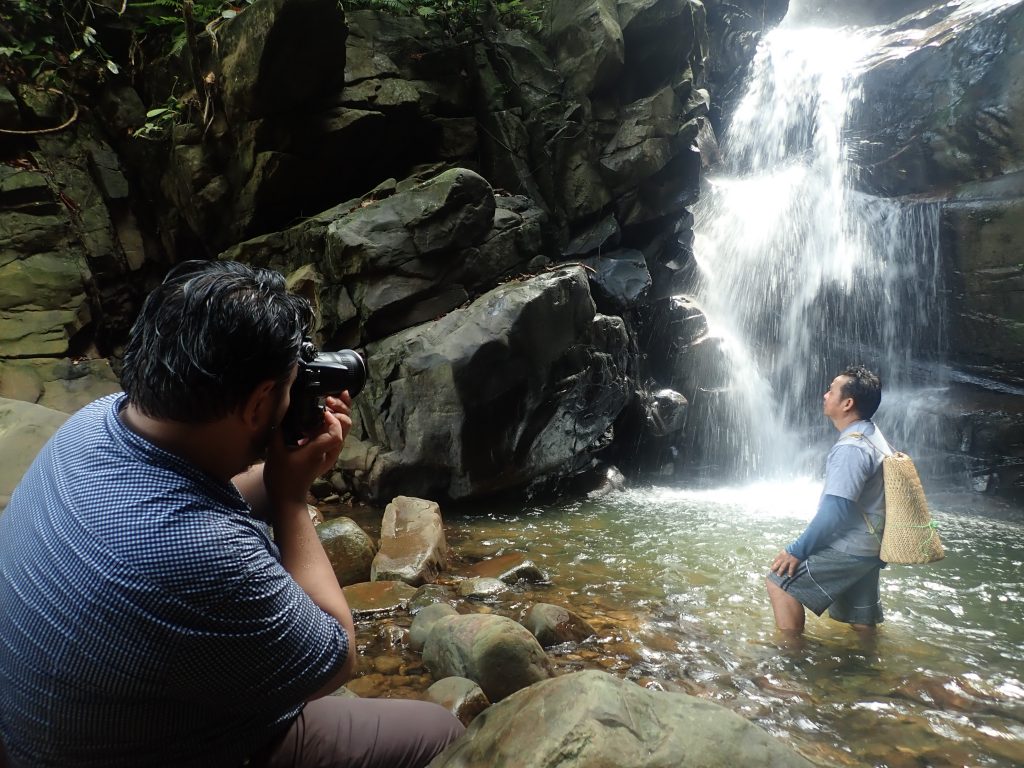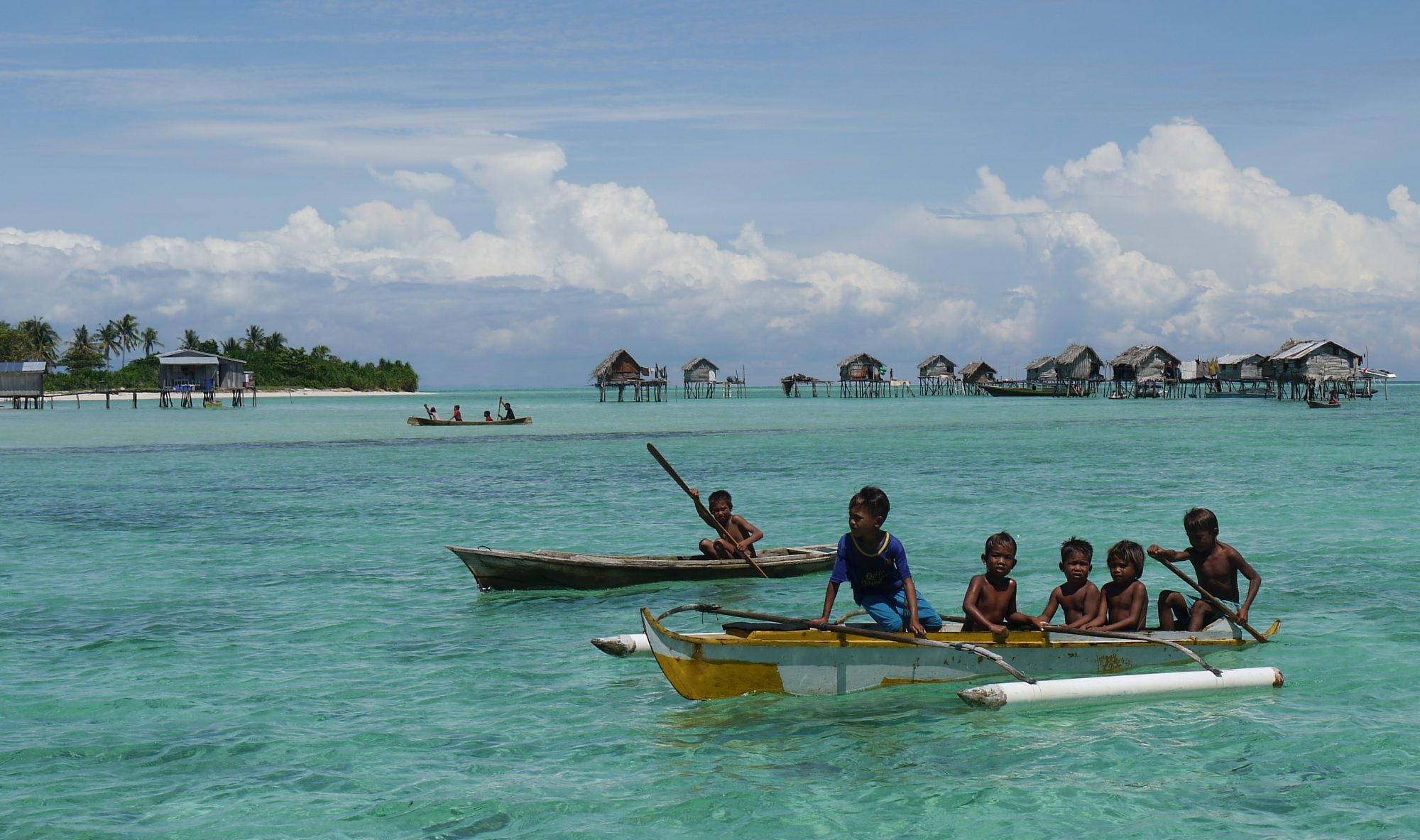Batang Balui (or Balui River) is one of the largest tributaries of Batang Rejang, the longest river system in Malaysia. Its catchment area has been inundated since the construction of the largest hydroelectric dam in Malaysia, at the site of the notoriously treacherous Bakun Rapids. These days, the area is more famously known for the Bakun Dam, one of the tallest concrete-faced rockfill dams in the world, and its dendritic 700 km2 reservoir (Bakun Lake), which is biggest in Malaysia.
With the flooding of Balui, almost 10,000 people from some 15 Kayan, Kenyah, Lahanan, Penan, and Ukit indigenous communities were forced to relocate to the Bakun Resettlement Scheme (BRS), colloquially named Sungai Asap, after one of the rivers that bound the BRS. Most of the families who stayed behind at the BRS live as subsistence farmers. Each family was promised 3 acres (1.21 ha) of land but disputes remain due to the confusion over family units at the time of displacement. Many families struggle to turn a profit from farming their 3-acre plots, while others still face issues with even getting onto their plots, as not all the plots are serviced by access roads.
Many families whose native customary lands are situated further upstream of the Balui, choose to return, building new structures above the waterline, to try and recreate livelihoods that are familiar – subsistence swidden farming, hunting, and fishing. A few adventurous people have ventured into tourism – hosting visitors in floating houses, island lodges, or in longhouses at the BRS, and taking people to visit waterfalls as well as fishing.
Despite a large rescue effort, that saved and relocated more than 1500 mammals, birds, and reptiles, countless plants and animals doubtlessly drown during the process of flooding that started in October 2010. Many of these wildlife species are endemics found nowhere else on the planet. We hope to conserve and rehabilitate whatever remains by working with local authorities, communities, and visitors, starting with Belanum.
